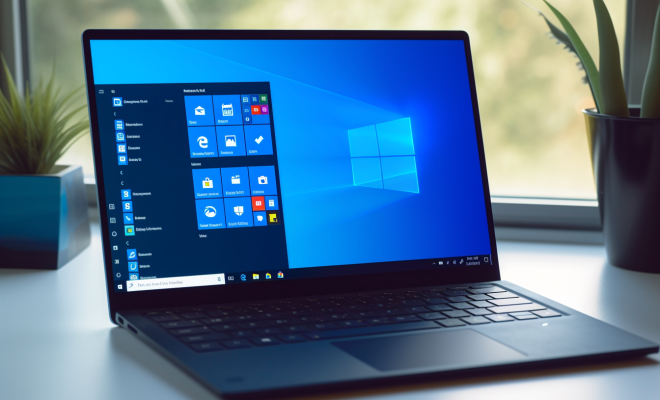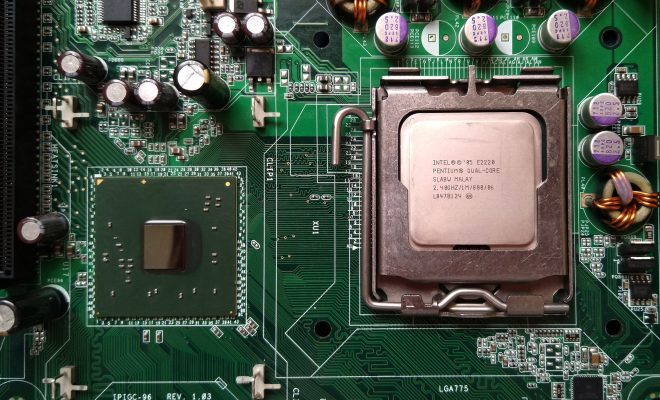What’s the Difference Between Blue, Red, and Brown Keyboard Switches?

When it comes to mechanical keyboards, not all switches are created equal. The three most popular types of switches are blue, red, and brown, each with its own unique characteristics that appeal to different types of users. So, what’s the difference between them? Let’s take a closer look.
Blue Switches
Blue switches are the most popular type of mechanical switch for typing enthusiasts. They have a tactile bump and an audible click that provides tactile and auditory feedback when a key is activated. The tactile bump happens when the switch is halfway depressed, which gives users a clear indication of when a keystroke has been registered. The click sound can be quite loud, which may be viewed as a positive or negative depending on the user’s preference.
Blue switches are ideal for users who type a lot or who want a satisfying typing experience. They are not recommended for open office environments or shared spaces because of the noticeable sound they produce.
Red Switches
Red switches, on the other hand, are preferred by gamers because they have a linear feel with no tactile bump or audible click. The switch’s travel distance is shorter, which allows users to press keys more quickly with minimal force. The lack of tactile feedback means that users must rely solely on muscle memory to know when a keystroke is registered, so users must pay more attention to the game they’re playing.
Red switches are also preferred by users who prefer a quiet typing experience or who work in shared spaces.
Brown Switches
Brown switches are a mix of blue and red switches. They have a tactile bump but without the audible click. The tactile bump is not as noticeable as the blue switch but is still present, providing users with feedback without creating noise. The actuation force required to press the keys is similar to blue switches, making them more ideal for typists who don’t want to make a lot of noise but still want to feel that satisfying feedback.
Brown switches are ideal for users who want the best of both worlds. They are not as loud as blue switches but still provide that tactile feedback that many users love.





